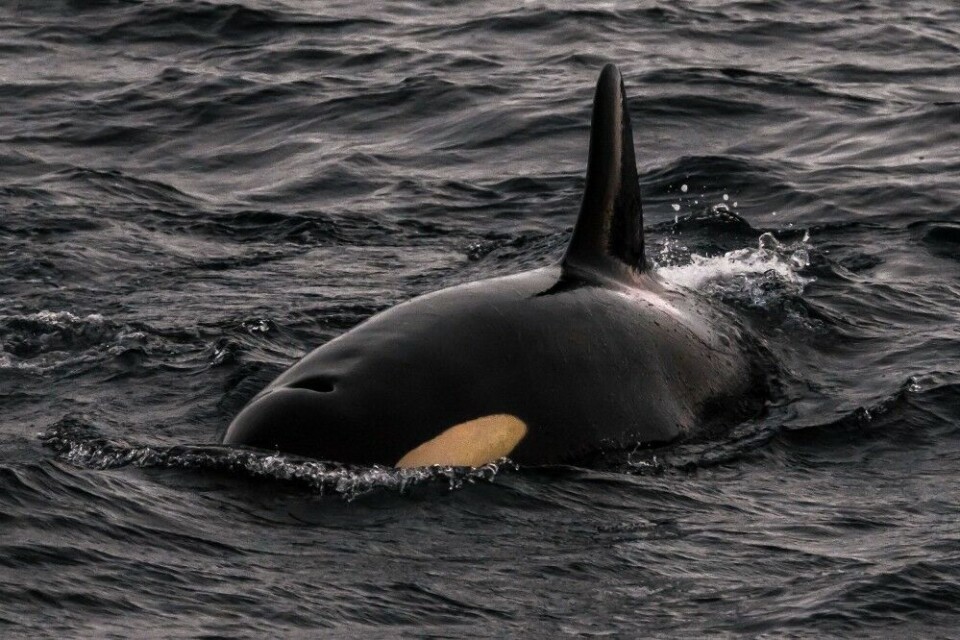
Climate change pushes orcas to migrate further north
Warmer Arctic waters with less sea ice cause orcas to impact the northern marine ecosystems as the impressive whales swim further and further north in search of food and cooler temperatures.
Every November, orcas swim from the eastern Atlantic, where they spend their summer months reproducing, to cooler areas in the north. In the chillier temperatures, they predominantly spend their time eating, building up energy before returning south in January and February.
Previously, Tysfjord in Norway, was ‘north enough’ for the orcas, which are sometimes referred to as killer whales. In Tysfjord the dolphin species would swim into the fjords to hunt herring, which had the same destination as the killer whales during the colder months.
Simultaneously, tourists were able to enjoy spectacular views of orca groups, also called pods.
However, now, spotting pods in Tysfjord has become more of a rarity as the orcas prefer to migrate further and further north as of late. Currently, their Nordic getaway takes place off the coast in Troms, a region located over 200 kilometers north of their previous destination in Tysfjord.
Fewer orca sightings in Tysfjord are far from the sole indicator of the animal’s shifting migration patterns. A recent study of acoustic recordings taken in the northwestern Arctic comes to a similar conclusion: orcas are drifting north, New Scientist reports.
Over the course of eight years, four different audio recorders scattered across the northwestern monitored the communication of whales and dolphins, amongst which was the killer whale, according to Smithsonian Magazine.
Brynn Kimber, a scientist as the University of Washington and the National Oceanic Atmosphere Administration, recounts that eight years ago, orca sounds would only be recorded by the audio recorders positioned south in the region. This indicated that the killer whales rarely, if ever, swam to the more northern Bering Strait region. Now, orca sounds are recorded in the northern regions too.
Although the study was conducted in the US, the orca migration pattern is observed all over the Arctic, including the Barents Sea region.
The main theory explaining the marine behemoths’ changing migration pattern is that climate change is to blame. As herring, a staple in orcas’ diets, swims north, so do the fishes’ predators. The now warmer (and uncomfortable) ocean temperatures cause the killer whale to seek a new home further north where the water temperature is cooler and food sources are abundant.

However, the dolphin species’ migration has serious environmental implications in the long term. Being located at the top of the food chain, the apex predators consume fish, seals, and other cetaceans. As it usually takes a while for prey species’ behavior to adapt to new dangers, there is a possibility that the sudden presence of orcas in the north will tip the Arctic ecosystem.
Even if the various prey species adapt to the new predator, their main defense mechanism will be to utilize Arctic ice to hide from the killer whales.
With ice in the Arctic melting, the prey might soon not be able to protect themselves from orca pods.

















